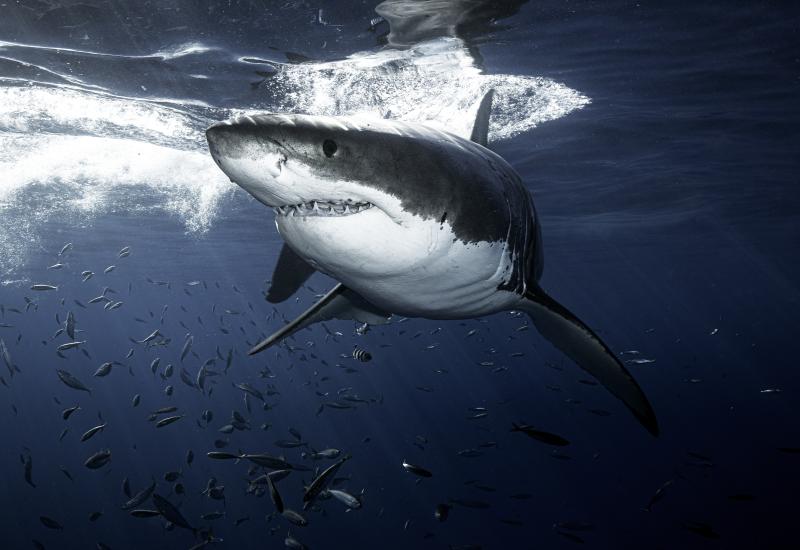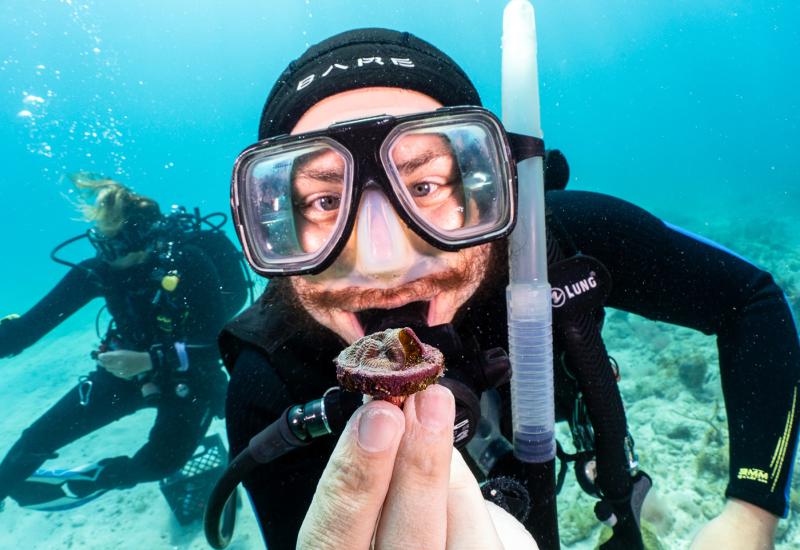On the Hunt: David Trotter Pinpoints Another Great Lakes Wreck

David Trotter
Courtesy of David Trotter
More than 90 Great Lake wrecks have been discovered by David Trotter over 35 years — his most recent: the New York, lost in Lake Huron 133 years ago. Trotter, 71, and his team first discovered the wreck last year at about 240 feet deep; 30 more dives, from July to September, confirmed it was the New York.
Scuba Diving: What did this discovery mean for you?
David Trotter: The opportunity to honor Capt. Hugh Regan of the steamer Mataafa, for his remarkable actions in saving the lives of the New York's crew and captain. Also, the New York was the largest steamer in existence at the time of her launch, and was the first to have used steel arches. This makes her unique in Great Lakes marine history.
SD: What draws you to the Great Lakes in particular?
DT: Remarkably well-preserved shipwrecks, some with cabin intact and masts “standing” 100-plus years later. It is discovery and exploration at its best.
SD: You have a documentary on the New York discovery due out later this year. What can viewers expect?
DT: A compelling story about the rescue, and the opportunity to “swim back” into history, to see the ship as she is explored for the first time by divers. It’s the ultimate experience of going “where no one has gone before.”
SD: The Water Witch and R.G. Coburn are 2 ships tha have evaded you for over 15 years, do you plan to continue searching for these ships?
DT: Yes, it took 15 years to locate the 250' Minnedosa, the largest schooner built in Canada. She was lost with all hands in 1905.


Courtesy of David Trotter
More than 90 Great Lake wrecks have been discovered by David Trotter over 35 years — his most recent: the New York, lost in Lake Huron 133 years ago. Trotter, 71, and his team first discovered the wreck last year at about 240 feet deep; 30 more dives, from July to September, confirmed it was the New York.
Scuba Diving: What did this discovery mean for you?
David Trotter: The opportunity to honor Capt. Hugh Regan of the steamer Mataafa, for his remarkable actions in saving the lives of the New York's crew and captain. Also, the New York was the largest steamer in existence at the time of her launch, and was the first to have used steel arches. This makes her unique in Great Lakes marine history.
SD: What draws you to the Great Lakes in particular?
DT: Remarkably well-preserved shipwrecks, some with cabin intact and masts “standing” 100-plus years later. It is discovery and exploration at its best.
SD: You have a documentary on the New York discovery due out later this year. What can viewers expect?
DT: A compelling story about the rescue, and the opportunity to “swim back” into history, to see the ship as she is explored for the first time by divers. It’s the ultimate experience of going “where no one has gone before.”
SD: The Water Witch and R.G. Coburn are 2 ships tha have evaded you for over 15 years, do you plan to continue searching for these ships?
DT: Yes, it took 15 years to locate the 250' Minnedosa, the largest schooner built in Canada. She was lost with all hands in 1905.










